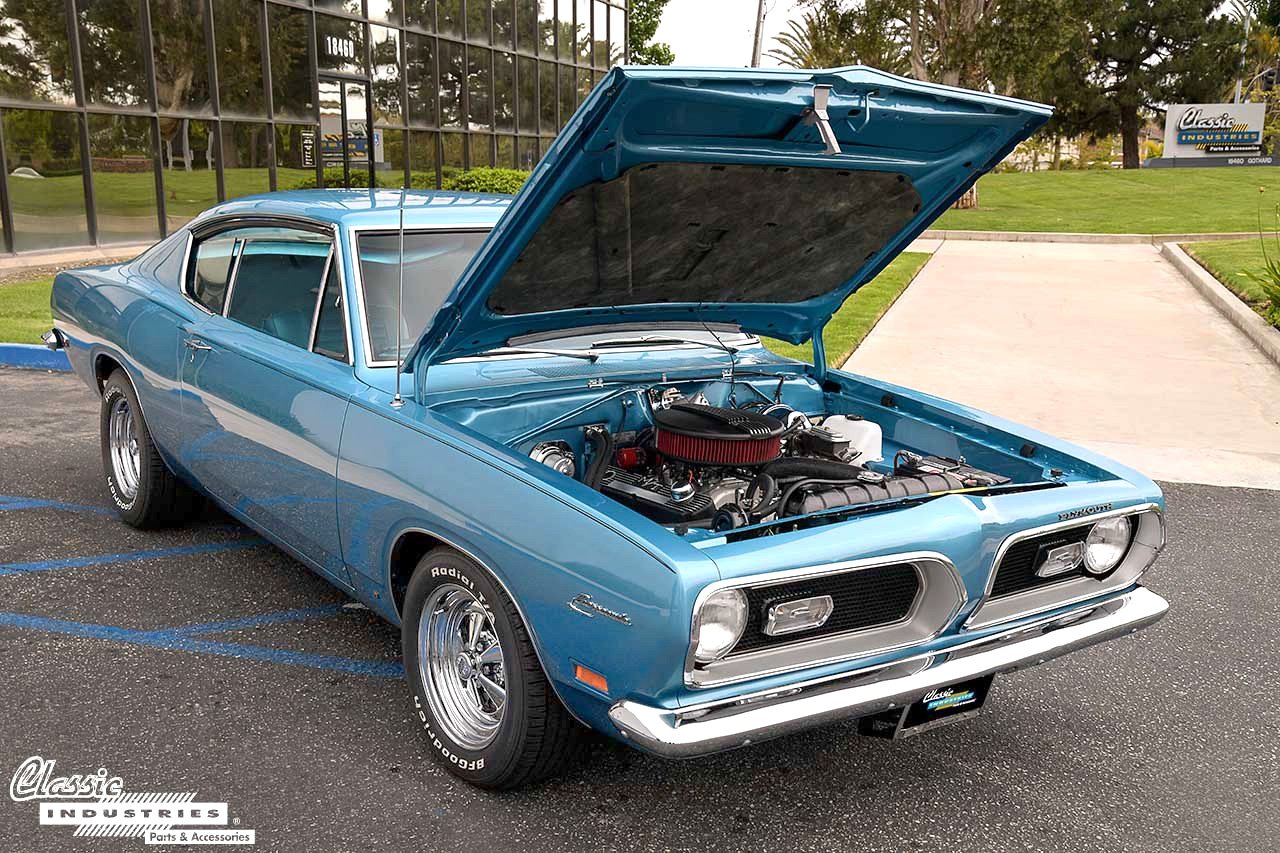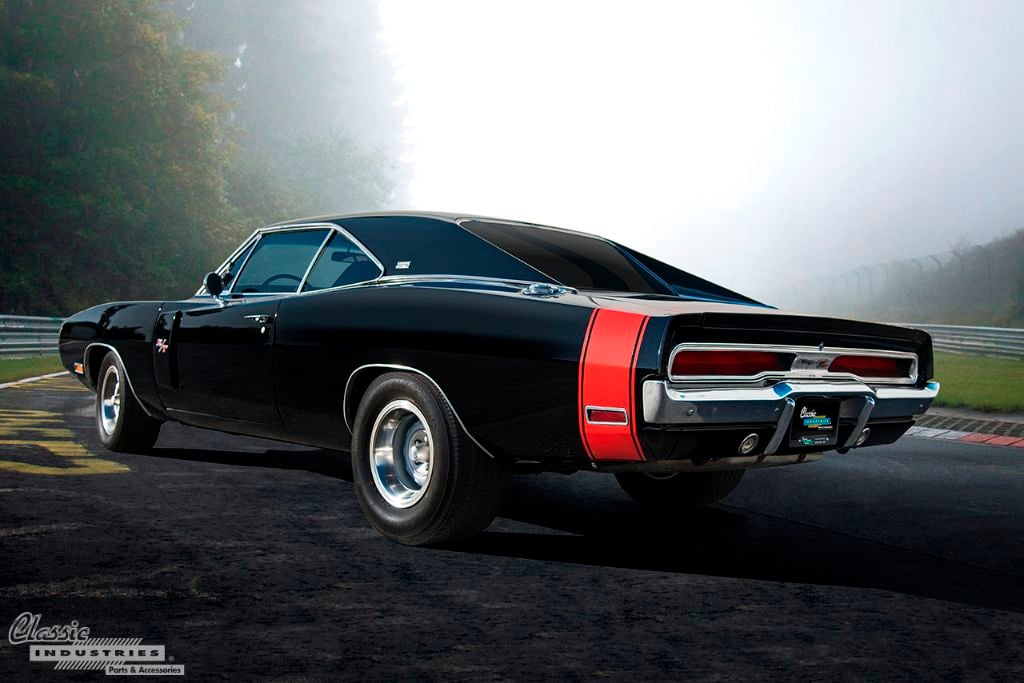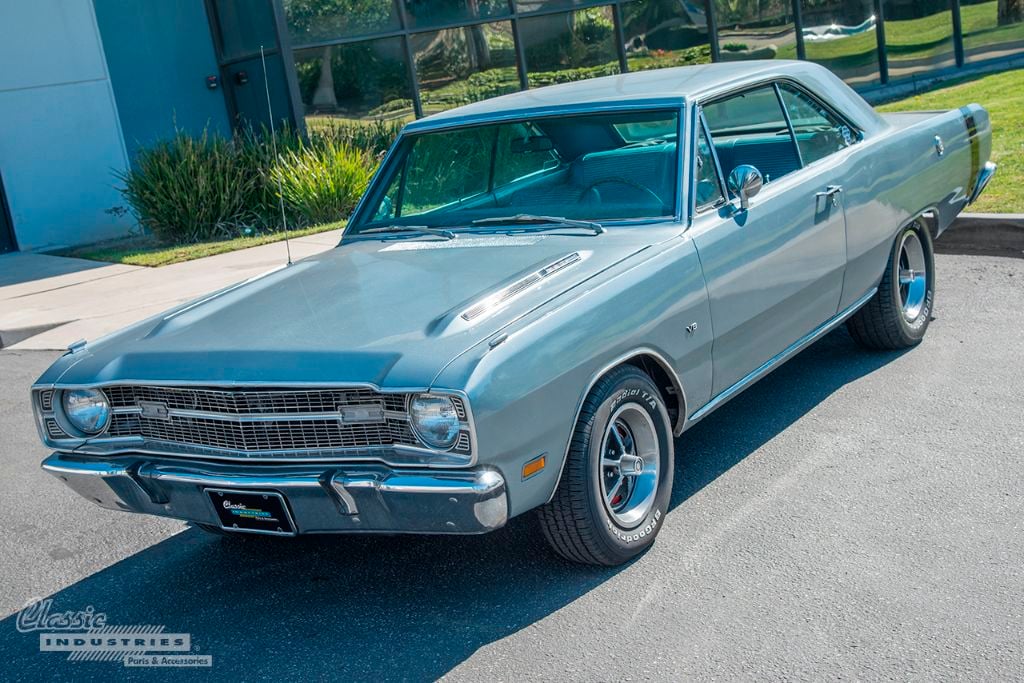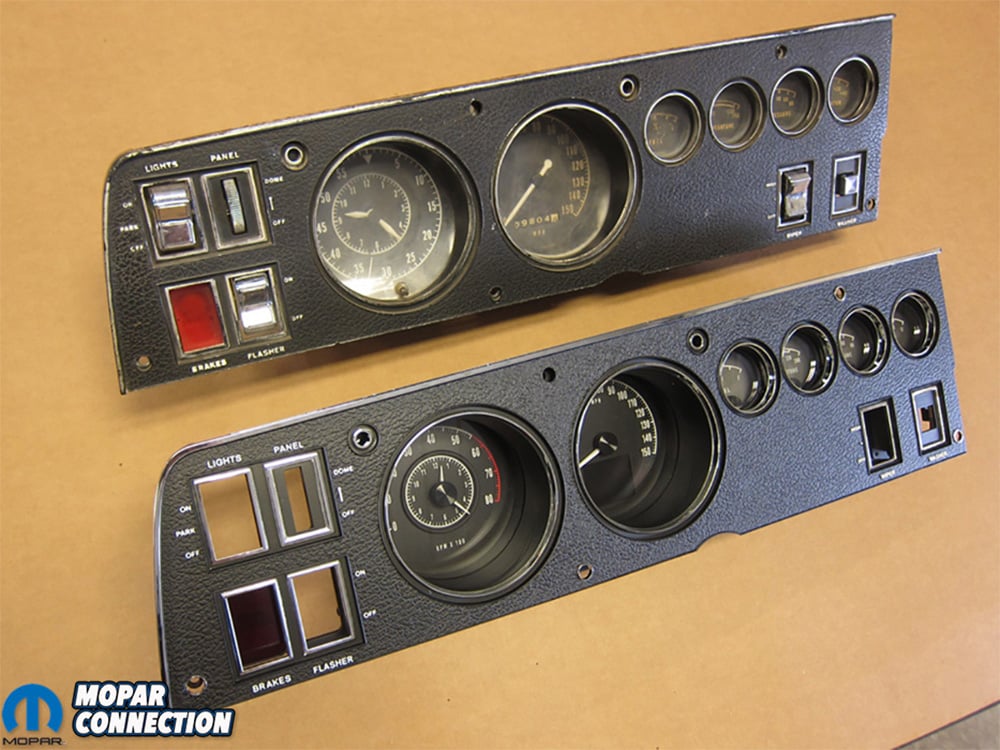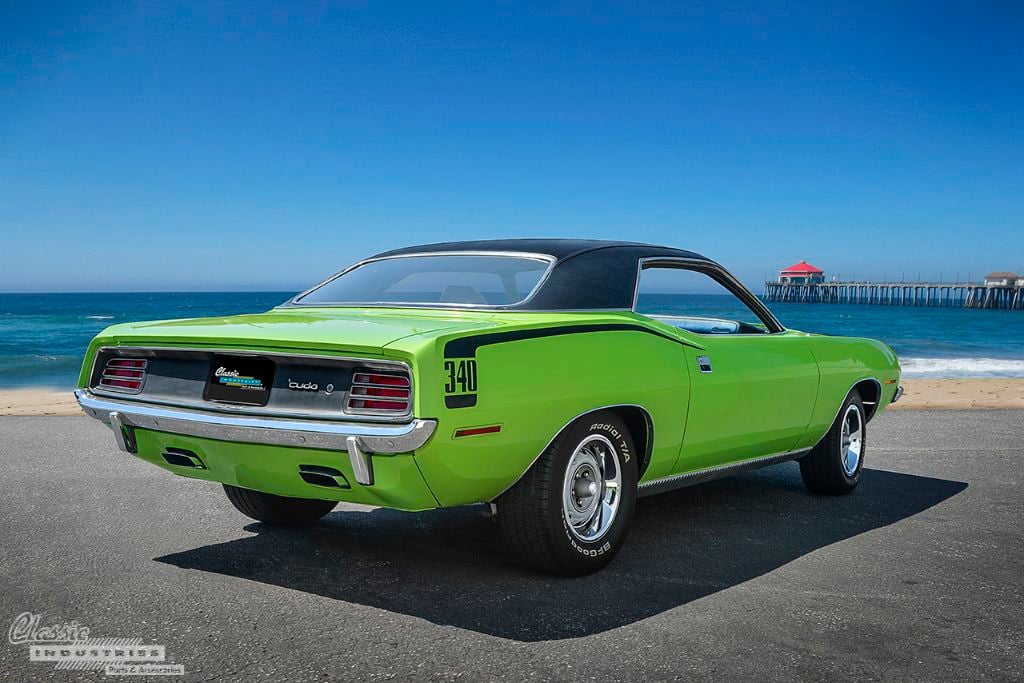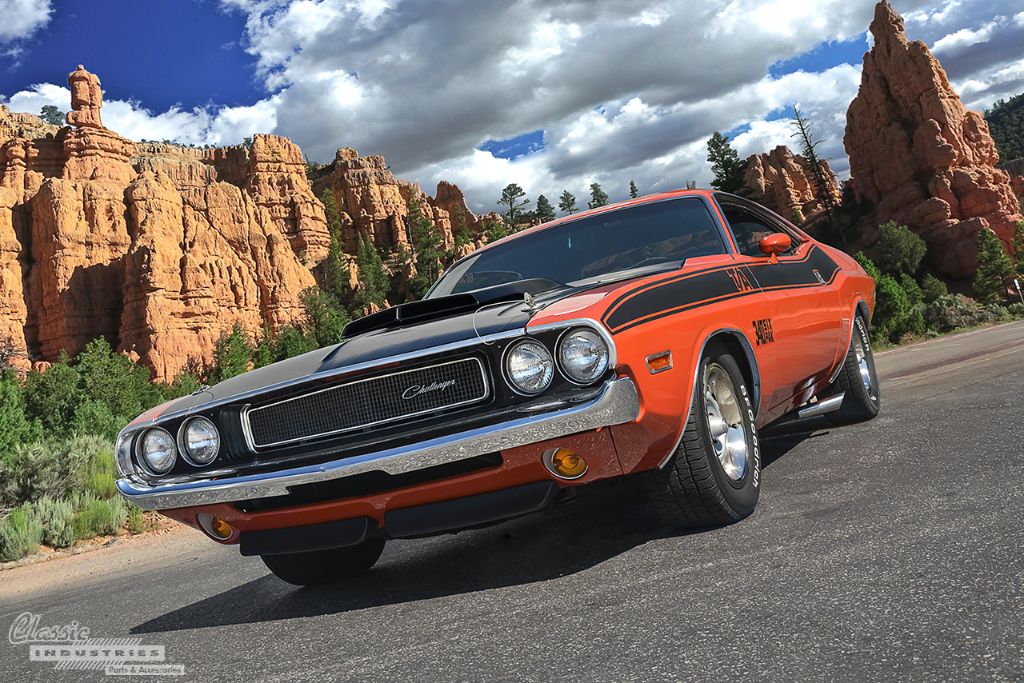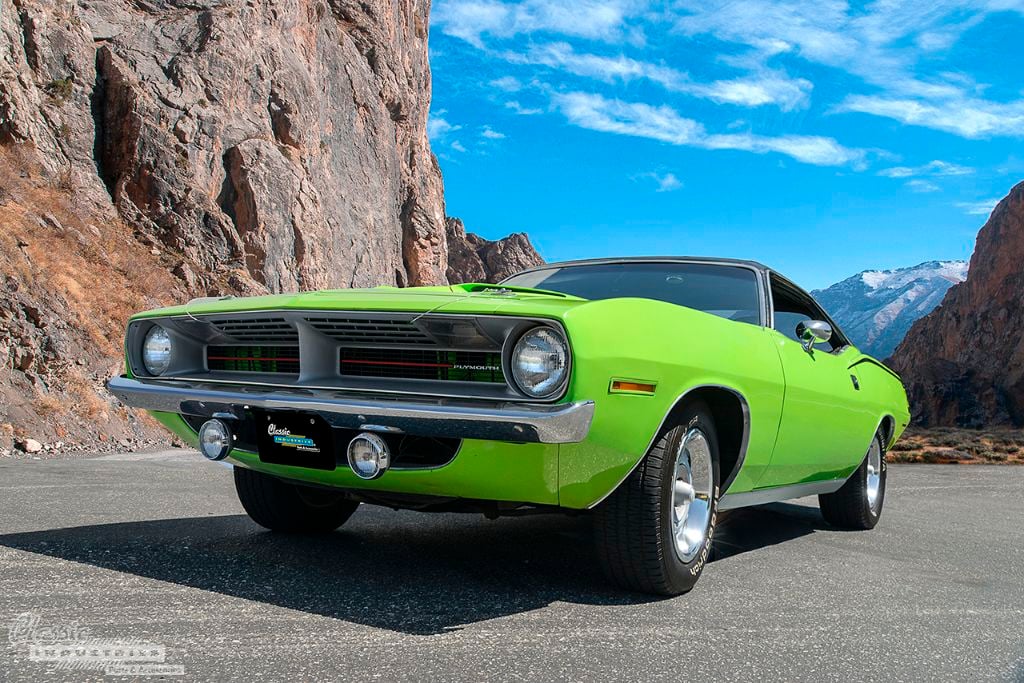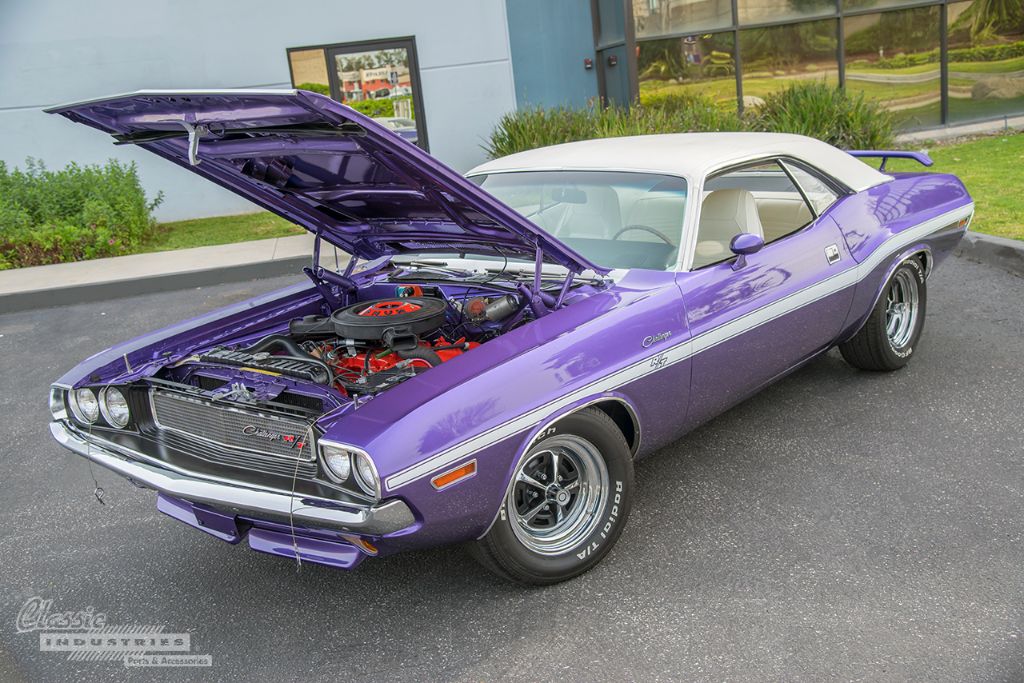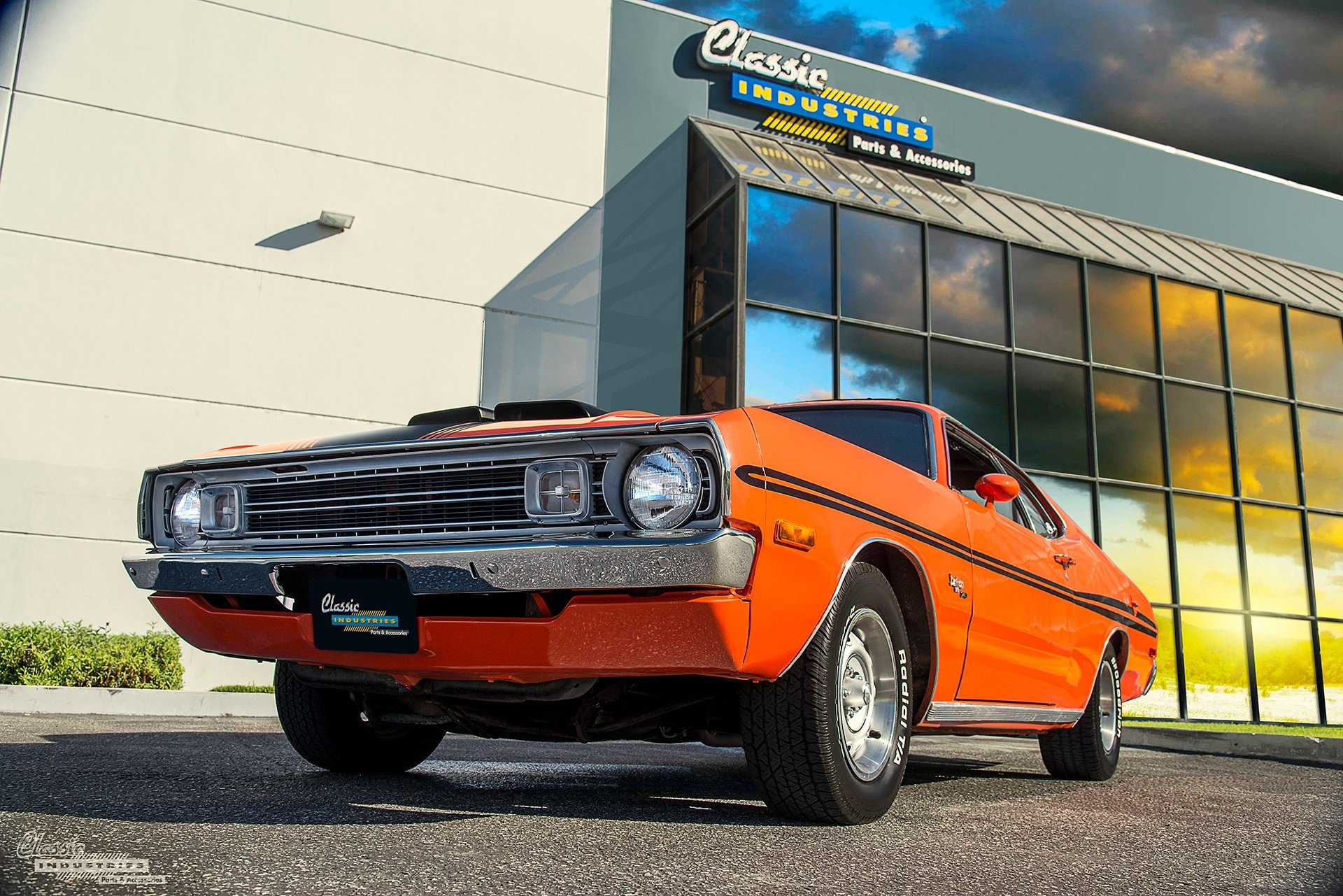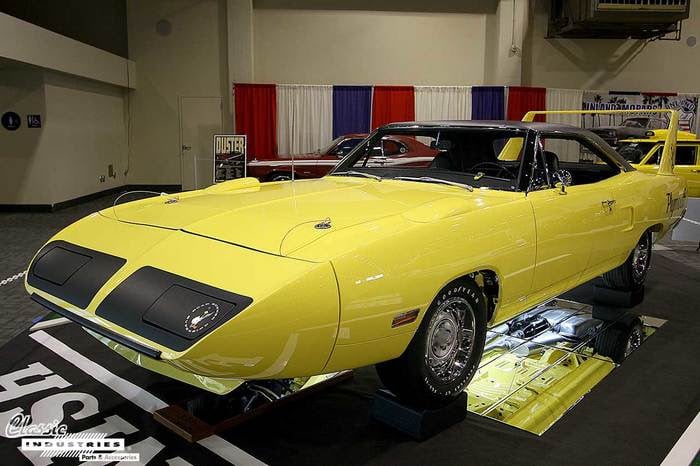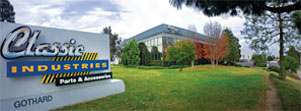Although a vehicle's name is only a small part of its appeal, there are a handful of classic cars that seem to be perfectly named to match their design and intent. The Plymouth Barracuda is a great example, and it's not just because we have a soft spot for vehicles with animal-inspired names, like the Mustang, Impala, or Road Runner. The sleek, agile, and intimidating nature of this predatory fish served as a perfect moniker for one of our favorite Mopar cars. Read on as we take a look back at A-Body and E-Body Plymouth Barracuda history.



